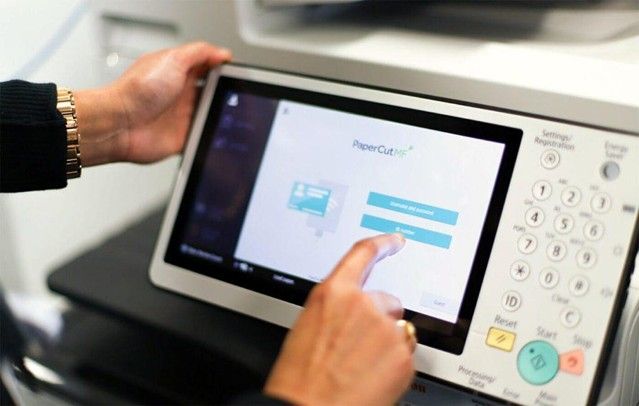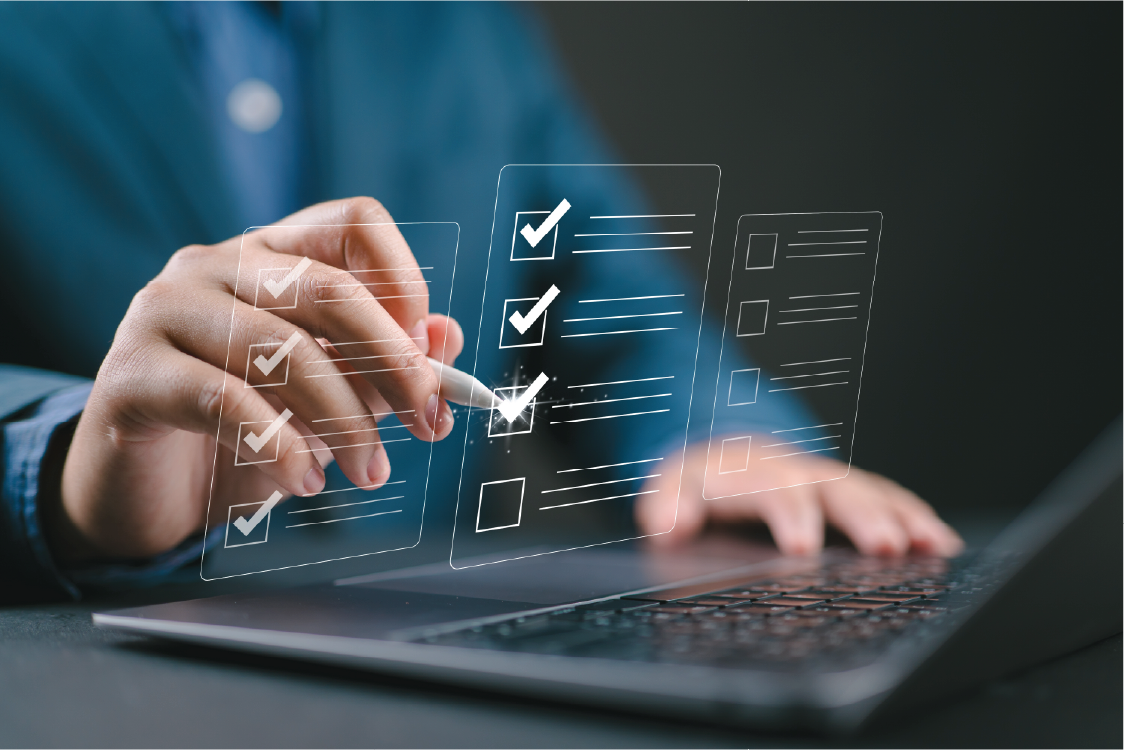Navigating the Digital Airwaves: Safeguarding Your Data on Public Wi-Fi
This is a subtitle for your new post
In an increasingly connected world, the allure of public Wi-Fi is undeniable. Whether it's at your favorite coffee shop, airport, or hotel, these networks provide convenience but come with a caveat – the potential compromise of your sensitive data. This blog aims to shed light on the dangers of public Wi-Fi and offer practical solutions to fortify your digital security.
The Perils of Public Wi-Fi:
1. Snooping Threats:
Public Wi-Fi networks, often open and unsecured, are susceptible to data snooping. Hackers can intercept and eavesdrop on the information exchanged between your device and the network, putting your personal and financial details at risk.
2. Fake Wi-Fi Networks:
Cybercriminals may set up rogue Wi-Fi hotspots with names similar to legitimate networks. Unwitting users might connect to these fake networks, exposing their data to potential breaches.
3. Man-in-the-Middle Attacks:
Public Wi-Fi is a breeding ground for "Man-in-the-Middle" attacks, where hackers intercept and manipulate the communication between your device and the intended destination, leading to unauthorized access.
Mitigating the Risks:
1. Use a Virtual Private Network (VPN):
A VPN encrypts your internet connection, shielding your data from potential eavesdropping. It acts as a secure tunnel, ensuring your online activities remain private even on unsecured public networks.
2. Connect to Secure Networks:
Whenever possible, choose networks that require a password for access. Password-protected networks offer a basic level of security compared to open, unsecured ones.
3. Update Your Software Regularly:
Keep your operating system, antivirus software, and applications up to date. Regular updates often include security patches that address known vulnerabilities, reducing the risk of exploitation.
4. Verify Network Authenticity:
Before connecting, confirm the legitimacy of the public Wi-Fi network with the staff or management of the establishment. Avoid connecting to networks with generic names or misspellings, as these may be fake networks set up by hackers.
5. Use HTTPS:
Ensure that websites you visit use HTTPS, especially when entering sensitive information. HTTPS encrypts the data exchanged between your browser and the website, making it more difficult for hackers to intercept.
6. Forget the Network After Use:
Disable automatic connection to known networks and forget the public Wi-Fi network once you've finished using it. This prevents your device from automatically connecting to potentially unsafe networks in the future.
Conclusion:
Public Wi-Fi, despite its convenience, poses inherent risks to your digital security. By adopting proactive measures like using a VPN, connecting to secure networks, and staying vigilant, you can navigate the digital airwaves with confidence. Remember, an informed user is an empowered one – safeguarding your data is within your grasp. Stay connected, stay secure! 🔒🌐




